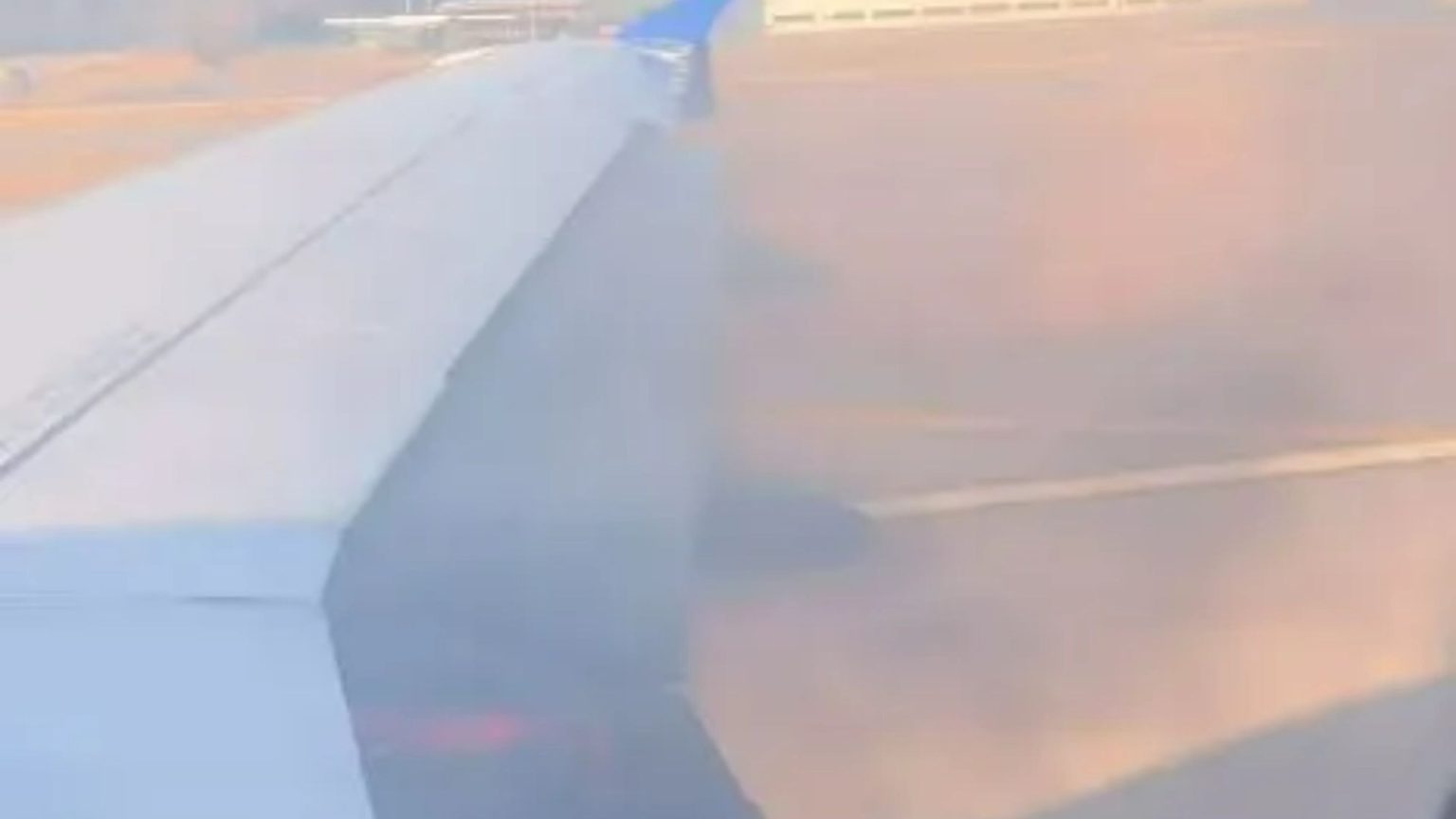On a Sunday morning at George Bush Intercontinental Airport in Houston, Texas, United Airlines Flight 1382, an Airbus A320 bound for New York, experienced a terrifying engine malfunction during takeoff. With 104 passengers and five crew members on board, the aircraft was forced to abort its takeoff as flames erupted from one of the wings. Panicked passengers, witnessing the fire, screamed and demanded to be let off the plane. Amidst the chaos, a flight attendant attempted to maintain order by asking passengers to remain seated, but the urgency of the situation prompted a rapid evacuation. Passengers were directed to exit the aircraft via the emergency slides at the rear, finding themselves stranded on the tarmac for over two hours before being transported to safety by shuttles and ambulances. Houston firefighters responded swiftly, though by their arrival, the flames seemed to have subsided. The FAA confirmed the aborted takeoff was due to a reported engine issue, and thankfully, no injuries were reported. Authorities are investigating the cause of the incident.
This incident unfolded against the backdrop of recent aviation tragedies, including a fatal midair collision in Washington, D.C. Just days before the Houston incident, a commercial flight and a military helicopter collided, tragically claiming the lives of all 67 people on board, including two soldiers and a female co-pilot. The collision, deemed the deadliest US air crash since November 2001, prompted an extensive search and rescue effort that quickly transitioned into a recovery operation as hopes for survivors dwindled. The incident sparked investigations to determine the cause of the collision and highlight the risks of midair encounters in already complex airspace.
Adding to the series of aviation accidents, an air ambulance crashed near a residential area and shopping mall in Philadelphia, resulting in seven fatalities and 22 injuries. The aircraft, carrying six passengers, was en route to Springfield-Branson National Airport in Missouri. The proximity of the crash site to populated areas raised concerns about the potential for greater casualties. The incident prompted immediate investigations to determine the cause of the crash and assess the effectiveness of emergency response protocols.
The Houston incident, while lacking fatalities, underscored the inherent risks associated with air travel. The sight of flames erupting from the wing of a packed passenger plane during takeoff is undeniably terrifying, raising questions about aircraft maintenance, pilot training, and emergency response procedures. The incident serves as a stark reminder of the delicate balance between advanced technology and the potential for catastrophic failure in the aviation industry. The fact that the plane was able to abort takeoff and passengers were evacuated safely is a testament to the safety protocols in place and the quick thinking of the crew and emergency responders.
The clustering of aviation incidents within a short timeframe raised concerns about the overall state of air safety. The incidents varied in nature, from mechanical failure to midair collisions, highlighting the multifaceted challenges facing the aviation industry. While each incident requires a thorough and independent investigation to determine the root cause, the collective impact underscores the need for continuous improvement in safety protocols, technology, and training.
The aviation industry faces ongoing challenges in maintaining the highest safety standards while accommodating increasing air traffic demands. The incidents highlight the need for robust oversight, rigorous maintenance schedules, and ongoing training for pilots and crew members. Furthermore, advancements in technology, such as collision avoidance systems and enhanced engine monitoring, could play a crucial role in mitigating future risks. The focus remains on ensuring the safety and well-being of passengers and crew, while striving to minimize the occurrence of such incidents. The investigations into these recent accidents will undoubtedly contribute to enhancing safety protocols and preventing similar tragedies in the future.


